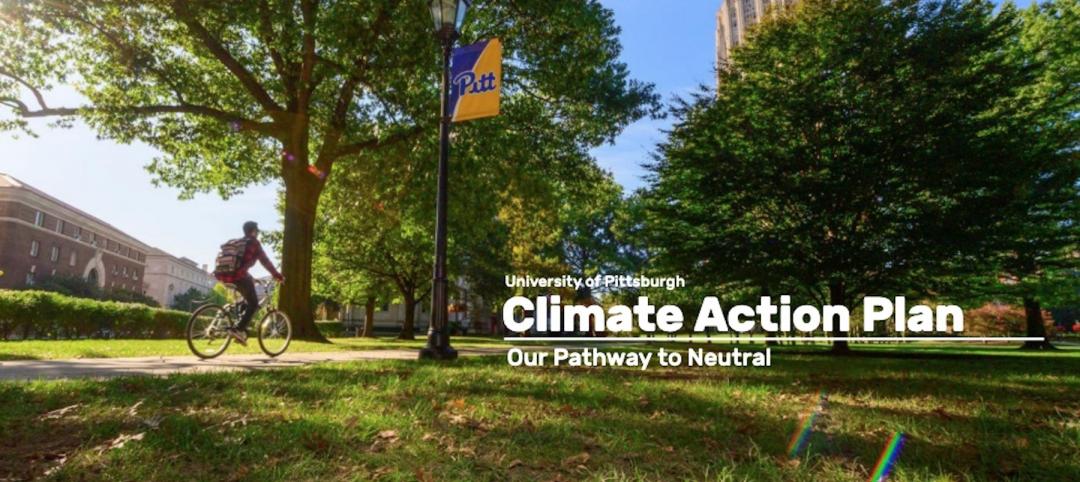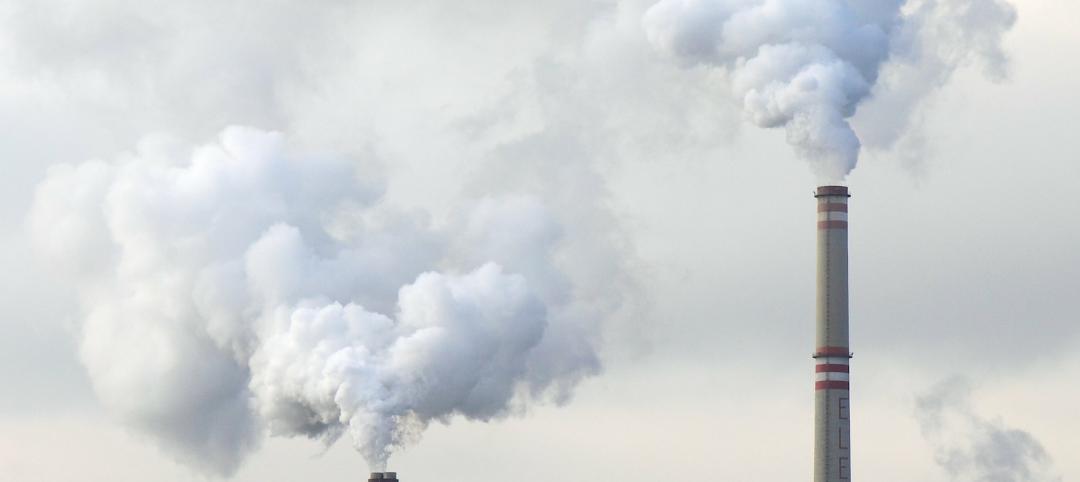Building Teams will find more ways to enhance water efficiency indoors than ever before. These include dishwashers with reduced water consumption and low-flow toilets with improved circulation design. These new low-flow toilets come with pressure-assisted and vacuum-assisted flush fixtures, which don’t rely solely on gravity and flow for movement of waste, says James Del Monaco, Sustainability Director at P2S Engineering.
Ultra-low-flow fixtures and waterless urinals are also being adopted. One Swedish maker has created a line of toilets that use 0.16 gallons of water per flush. A second fixture design uses half that, only 0.08 gallons per flush, with a vacuum assist. Standard U.S. low-flow models are calibrated for 1.6 gallons per use.
“In bathrooms, other high-efficiency plumbing fixtures should be used,” says Jorge Mastropietro, AIA, Principal of Jorge Mastropietro Architects Atelier. “This includes water-efficient shower heads, and faucets with motion sensors or timed operation.” The architect adds that even soap selection in a commercial restroom can impact water use: Studies show that handwashers using foaming hand soaps use about 16% less water than those using liquid soaps, because less water is required to rinse it off.
Mastropietro encourages his multifamily and institutional clients to buy high-efficiency washers and dryers, which may have a slight price premium. “For kitchens and laundry facilities, the use of Energy Star-rated equipment will result in water savings,” says P2S’s Del Monaco. “Laundry facilities can also use ozone systems to reduce water and energy consumption.”
Project teams with leadership from mechanical engineers and plumbing engineers have been successfully incorporating water reuse concepts in their restrooms, foodservice areas, and other places where water quality is ideal for graywater applications. “Graywater can be recycled for toilet flushing and irrigation, provided that the user does not drain toxic ingredients into the system,” says Mastropietro. According to the engineer Del Monaco of P2S, “There are multiple factors to consider when decided if a graywater system can be utilized, such as estimating the amount of available graywater to be generated, the space and costs associated with storing and treating graywater, as well as soil quality, landscaping, and site topography.”
Both professionals recommend the use of life cycle cost analysis (LCA) should be performed to identify the feasibility of incorporating graywater technologies. “This should include an understanding of the maintenance and intangibles associated with the use of such a system,” adds Del Monaco. Recently a number of fixture manufacturers have introduced small-scale water reuse products -- often called graywater diverters -- and several companies offer packaged systems designed for two basic applications: Irrigation only vs. graywater reused for indoor toilet flush, laundry, fire protection, building cleaning, car and truck washes and landscape irrigation. For irrigation, the system comprises essentially diverted water sources that are mechanically filtered and moved by gravity or pumped to subsurface (underground) irrigation points. For the multiple-use systems, the collected water also must be buffered, treated and disinfected to meet building codes and health regulations.
“Graywater reuse for interior plumbing is not a cheap strategy and should be considered where it does not place undue burden on project costs,” says Skolnick’s Gross.
In addition to domestic water recapture, many mechanical systems and manufacturing processes that use water are ripe for recycling, says Breeze Glazer, LEED AP BD+C, Senior Associate and Sustainable Design Leader in Perkins+Will’s New York officer, who has worked on dozens of LEED Platinum and LEED Gold projects. “For example, condensate capture is another strategy to be considered,” he says. “It’s naturally produced when air passes over the cooling coils of any HVAC system. The typical practice is to drain the water into the waste water system and sent for municipal treatment along with other effluents. However it is a relatively high-quality water source that can be captured in a cistern and used for nonpotable water needs in the building such as landscape irrigation or cooling tower makeup without substantial alterations to the plumbing system.”
Related Stories
Modular Building | Mar 31, 2022
Rick Murdock’s dream multifamily housing factory
Modular housing leader Rick Murdock had a vision: Why not use robotic systems to automate the production of affordable modular housing? Now that vision is a reality.
Legislation | Mar 28, 2022
LEED Platinum office tower faces millions in fines due to New York’s Local Law 97
One Bryant Park, also known as the Bank of America Tower, in Manhattan faces an estimated $2.4 million in annual fines when New York City’s York’s Local Law 97 goes into effect.
Energy-Efficient Design | Mar 25, 2022
University of Pittsburgh Releases ‘Pitt Climate Action Plan’
The University of Pittsburgh has released the Pitt Climate Action Plan, detailing how the University will achieve its goal to go carbon neutral by 2037 through investments in clean energy, transportation, efficiency and other areas.
AEC Tech Innovation | Mar 9, 2022
Meet Emerge: WSP USA's new AEC tech incubator
Pooja Jain, WSP’s VP-Strategic Innovation, discusses the pilot programs her firm’s new incubator, Emerge, has initiated with four tech startup companies. Jain speaks with BD+C's John Caulfield about the four AEC tech firms to join Cohort 1 of the firm’s incubator.
Codes and Standards | Feb 18, 2022
Proposal would make all new buildings in Los Angeles carbon-neutral
Los Angeles may become the next large city to ban fossil fuels from new construction if legislation recently introduced in the city council becomes law.
Green | Jan 10, 2022
The future of regenerative building is performance-based
Why measuring performance results is so critical, but also easier said than done.
Sustainability | Oct 28, 2021
Reducing embodied carbon in construction, with sustainability leader Sarah King
Sustainability leader Sarah King explains how developers and contractors can use the new EC3 software tool to reduce embodied carbon in their buildings.
Green | Oct 6, 2021
My reaction to the UN IPCC Climate Change 2021 report: Ugh!
The recent report of the UN Intergovernmental Panel on Climate Change is not a happy read.
Sponsored | Glass and Glazing | Oct 1, 2021
Seizing the Daylight with BIPV Glass
Glass has always been an idea generator. Now, it’s also a clean energy generator.
Wood | Jul 16, 2021
The future of mass timber construction, with Swinerton's Timberlab
In this exclusive for HorizonTV, BD+C's John Caulfield sat down with three Timberlab leaders to discuss the launch of the firm and what factors will lead to greater mass timber demand.
















